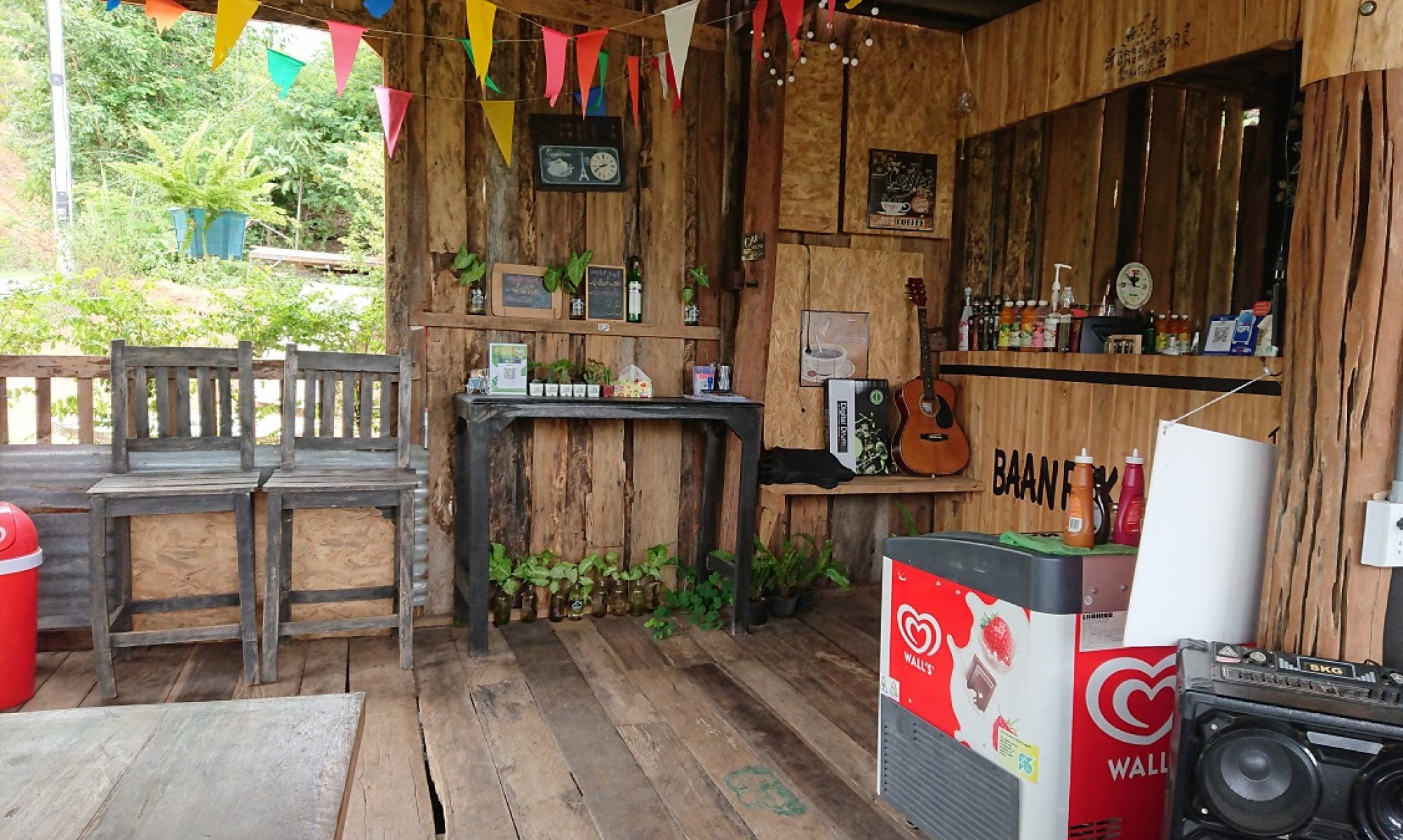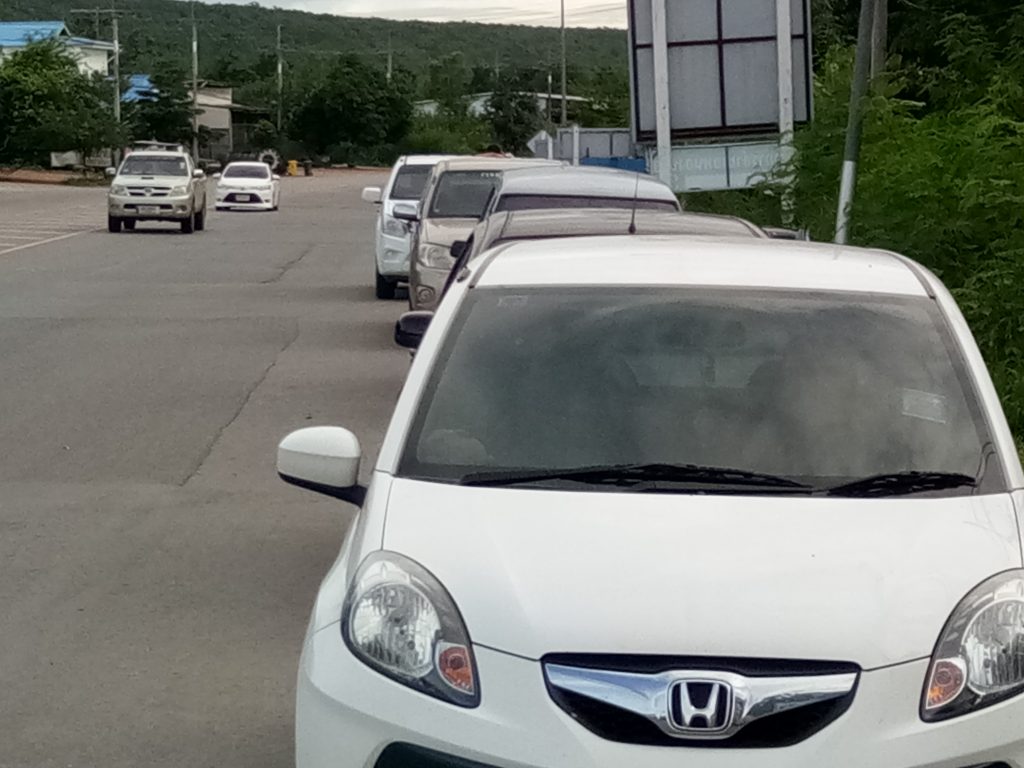Requires a fair amount of organisation.
After three years I decided we should venture out and see what camping in the UK is all about.
The history of Brownsea island, in Poole harbour, can be traced back over the centuries but the Partnership’s involvement with the Castle dates to 1962, when the island was offered for sale to the National Trust.
In the earlier years of the 20th century the Van Raalte family had lived at the Castle and one of the family had been employed by the Partnership. Through this link, the Chairman, Bernard Miller, agreed to ask the Central Council to consider assisting the Trust with the purchase of the island in return for a lease on the Castle which could be renovated and used as a hotel for partners.
Three years later it opened and has been one of the most popular amenities available to Partners ever since.
Within the Partnership Archive lies a sale catalogue for Brownsea Island from the 1920s. Inside is a remarkable insight into the economy of the island almost 100 years ago.
Daffodils at Brownsea
“As the visitor strolls Eastwards from Maryland back towards the Castle, he finds himself following a path through deep woods and shoulder high bracken, past fields which at Eastertide are bright with daffodil and narcissus, here grown commercially with considerable success.” The industry began in 1908 when the decision to operate a commercial flower growing business was taken by the island’s owner Charles van Raalte.
12 acres of the island were cultivated with daffodils and narcissi the main crop. Many different varieties including Grand Monarch, Scilly Whites and Glory of Seyden were grown and as well as selling the blooms there was a steady trade in the bulbs too. About 20 tons of bulbs were sold each year reaching up to £90 per ton.
The mild climate suited the early flowers which were harvested and taken to Poole by boat and then on to London by rail. A former resident of Brownsea, Jack Batterick recalls the days when days were spent picking the daffodils and transporting them to Covent Garden for sale to the London market.
“We worked until it was too dark to see, continuously picking the succulent stems. On average 750 bunches were tied each night by every family on the island. For this we received ten pence for each hundred bunches and, by the end of the season, all of us, but especially the women, were exhausted.”
The trade continued until 1927 when the island was purchased by Mrs Bonham Christie who refused to allow anyone on to the island. The industry closed and the local people gradually left for a life on the mainland. Within a year the population was reduced from 270 to four.
So, idyllic as it may have seemed, life on the island was hard with little reward for a hard day’s labour. Thankfully now most people who visit the island do so for rest and relaxation. They may walk around the island wondering about the ridges in the soil never realising the significance of the furrows in Brownsea’s long history.
In a business the size of the Partnership there are bound to be stories about the supernatural.
Brownsea Castle
Brownsea Castle has had its share of things that go bump in the night – and spirits that play tricks in daylight.
It was purportedly just such a cheeky ghost that terrified Brownsea Castle Head Chef Steve Lorch at 7am on a summer morning in 1976. Mr Lorch told local newspaper the Poole and Dorset Herald that ‘some supernatural agency began to agitate the sheets and blankets on his bed, and move his pillows from side to side, as he sat up listening to mysterious knockings in the ancient castle walls’. The terrified chef rushed out of the room and was given three days’ leave in which to recover by the then Brownsea Castle secretary, John Lukens.
Mr Lukens was sympathetic but not entirely convinced. ‘There are bound to be ghost stories, but all I know is that my wife and I have not seen anything. We hear all sorts of things that go bump in the night – probably the central heating or the water pipes – but if there is anything it certainly doesn’t seem menacing or nasty’.
A week before the incident affecting Mr Lorch, Porter Alan Foggin saw a reel of cotton from his bedroom fly through the air and roll past his feet as he made his way to the kitchen.
Odney
Odney apparitions have included a headless lady reportedly sighted in Lodene Greys, walking along a balcony with her head tucked under her arm. Then there were the two ghosts, of a woman in a long robe and a little girl, who appeared in 1969 in the area between Strande Park and Strande Water in nearby Cookham Rise.
These were seen by several people while Maidenhead Archaeological Society was excavating the area. Claims had already been made in the 19th century by William Grazebrooke, who built Strande Castle, that Strande Water was haunted by a woman in white.
Partners travelling through Cookham Dean to the Odney Club or to Winter Hill Golf Club might find themselves at a notorious spot.
The junction where Choke Lane joins Winter Hill Road was once considered the most dangerous part of the road from London to Bath after Hounslow Heath. Highwaymen lurked there in the 18th century, and over the years people have seen a ghostly horse and rider jump out at them as they leave the footpath from the common.
Staying with ghost riders, Cookham’s most famous spirit is Herne the Hunter, an antlered figure said by some to lead the Wild Hunt of spectral huntsmen. One legend describes these apparitions as the souls of unbaptised corpses, forever condemned to chase the phantom hart across the night sky, and in the 1970s a couple driving a car in the Whyteladyes Lane area saw the ghostly shape of a white stag leaping past their vehicle.


